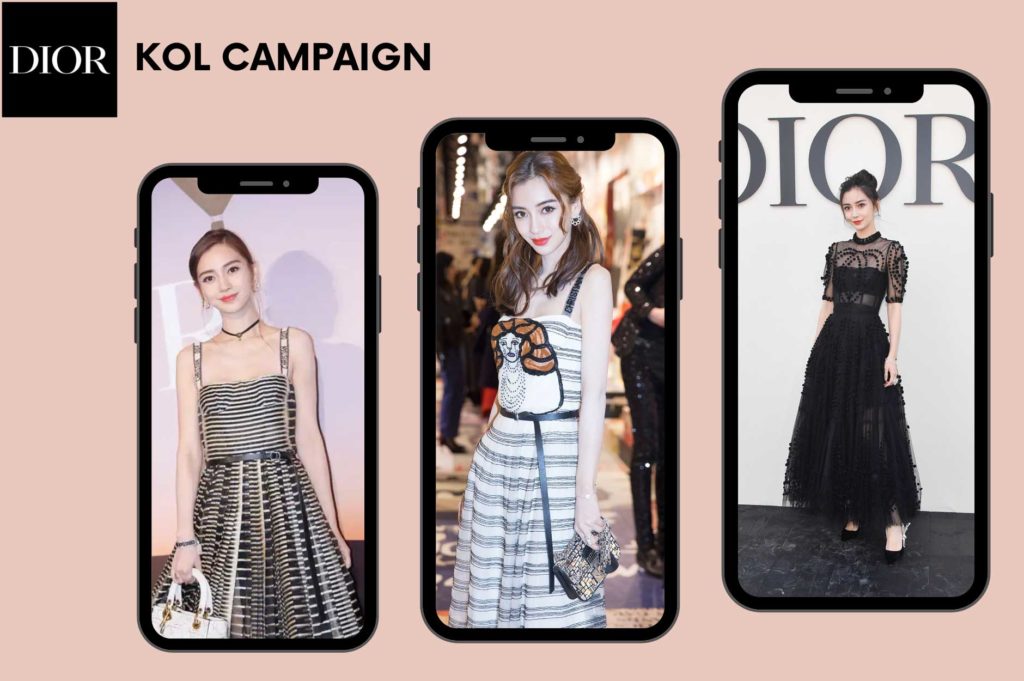The Chinese retail market has emerged as a key player in the global fashion industry, with its brand-conscious consumers driving unprecedented growth and change. Small and medium fashion brands looking to establish a presence must understand consumer behaviors, leverage technology, and develop targeted marketing strategies to succeed.
In this blog post, we will explore key insights on how small and medium fashion brands can thrive in China’s increasingly competitive market. Stay tuned for expert tips and case studies on building strong brand positioning, adapting to local trends, leveraging e-commerce platforms, and much more!
The Chinese Fashion Market
Chinese consumers are increasingly interested in sustainable and ethical fashion, as well as foreign brands and popular trends within the local fashion industry, making it crucial for small to medium fashion brands entering China to understand these consumer behaviors.
Demographics And Consumer Behaviors

The country’s middle class has become increasingly brand-conscious, leading to strong purchasing behavior and a growing appreciation for high-quality products.
In terms of shopping habits, Chinese consumers tend to develop these during their youth and maintain them throughout adulthood.
For example, they may prefer online shopping because it offers convenience or sticks with brick-and-mortar stores due to the tactile experience of trying on clothes before making a purchase decision.
Consumers’ Interest In Sustainable And Ethical Fashion
Chinese consumers, particularly young and urban individuals, are increasingly interested in sustainable and ethical fashion.
This shift in consumer behavior is driven by environmental consciousness and concern about the impact of purchasing decisions on the planet.
For small and medium fashion brands seeking success in China’s competitive market, incorporating sustainability and ethical practices into their business model is essential. This will not only cater to the growing demand but also create a unique brand identity that distinguishes them from competitors.
Growing Demand For Foreign Brands
The Chinese fashion industry is growing and there is a high demand for foreign brands due to their perceived higher quality and exclusivity.
This presents an opportunity for small and medium foreign fashion businesses to enter the market, but success is not guaranteed for all brands.
For example, Louis Vuitton is a successful foreign brand in China that has incorporated traditional Chinese art into its designs to attract the affluent middle class while still maintaining its reputation as a luxury brand from overseas.

Luxury brands continue to gain popularity amongst China’s middle class, while fast-fashion giants such as Zara and H&M remain ever-present fixtures in shopping malls across the country.

The Role Of Technology In The Chinese Fashion Market
Innovative technologies, including e-commerce and social media, are revolutionizing the way fashion brands reach and connect with Chinese consumers.
E-commerce And M-commerce
The rise of e-commerce and m-commerce channels in China presents a significant growth opportunity for businesses, with over 1 billion people accessing the internet through their smartphones.
Brands should optimize their websites and digital marketing efforts for mobile devices to reach these consumers effectively.
Live streaming has become a popular way for fashion brands to engage with consumers via social media platforms like WeChat and Douyin.

Innovative companies such as Shein have been able to quickly capitalize on this trend by staying up-to-date on fast-changing styles driven by celebrity influencers while providing quick delivery times.
Role Of Social Media And Digital Marketing
Social media and digital marketing are crucial for small and medium fashion brands in China to gain visibility in the market.
Platforms such as WeChat, Douyin, and Instagram with over a billion and hundreds of millions of users respectively, are essential tools for fashion brands.

Leveraging KOLs and influencer marketing has become increasingly popular, especially with Gen Z and millennial consumers who respond positively when their favorite celebrity or online personality promotes products online.
Additionally, live commerce – where influencers sell products during live streams – is revolutionizing the way people shop online in China.

Strategies For Small And Medium Fashion Brands To Succeed In China
Small and medium fashion brands can thrive in China by leveraging digital marketing and e-commerce platforms, partnering with local influencers, considering collaborations with local brands, and prioritizing customer service.
Partner With Local Influencers And KOLs (Key Opinion Leaders)

Partnering with local influencers and KOLs is an essential strategy for small and medium fashion brands. KOLs are individuals who have gained expert product knowledge in their respective fields and possess significant influence over their followers.
The nature of social media and influencer marketing in China differs from the West, making it crucial for brands to understand these differences when working with KOLs.
KOL marketing plays a vital role in increasing brand awareness, promoting products, and building trust with consumers. Therefore leveraging the expertise of trustworthy individuals can effectively boost your brand’s success story while entering or expanding into the Chinese market space.

Consider Collaborations With Local Brands
Partnership with local brands allows foreign fashion brands to tap into the knowledge and expertise of established Chinese companies, taking advantage of their vast networks and experience within the market.
For example, the popular Japanese clothing brand Uniqlo collaborated with famous Chinese designer Han Huohuo to launch a limited edition collection in China. The partnership created a buzz on social media platforms like WeChat and helped Uniqlo reach new audiences while increasing brand awareness.
Importance Of Customer Service In The Chinese Market
In China, personalized customer experience and exceptional customer service are critical factors for success in the luxury market.
For instance, luxury brands like Lane Crawford and Alibaba’s Tmall Luxury Pavillion have incorporated features such as personal styling sessions with expert consultants and 24-hour live chat support to enhance their customers’ satisfaction levels.
Investing in these methods has resulted in increased brand loyalty among Chinese consumers who appreciate such attention to detail.
Case Studies
Small and medium fashion brands can gain valuable insight by examining success stories of foreign brands in China, such as Zara and H&M, which have leveraged digital platforms, localized branding efforts, and partnered with local influencers to effectively engage Chinese consumers.
Success Stories Of Small And Medium Foreign Fashion Brands In China
Diane von Fürstenberg (DVF), a US-based brand specializing in women’s clothing, has managed to establish a strong presence in China by embracing digital marketing strategies and engaging with local influencers who resonate well with their target customers.
Another excellent example is the Canadian outwear brand Canada Goose which has become incredibly popular amongst younger generations for its durable jackets that can withstand harsh winters.
Partnering with prominent online platforms such as Alibaba Group-owned Tmall Global and JD.com along with an aggressive offline retail expansion strategy helped them to achieve great success within the Chinese market over time.

Lessons Learned From Brands That Faced Challenges
One of the fashion brands to succeed in the Chinese market is Dolce & Gabbana, which experienced backlash after releasing a controversial ad campaign featuring a Chinese model struggling to eat Italian food with chopsticks.
This highlights the importance of understanding cultural sensitivities in China. As foreign brands enter this complex market, they must be aware of potential missteps that could lead to negative consequences.
It is crucial for brands to research and tailor their marketing efforts based on local preferences and cultural values.

We are your local partner in China!
Small and medium fashion brands in China are successful when they prioritize sustainable and ethical practices, use digital platforms for customer engagement, and partner with local influencers and KOLs.
Understanding consumer behavior is also important, as some consumers may prefer value retailers or marked-down items.
Also integrating technologies like AR/VR into the online shopping experience can improve customer satisfaction.

We are a China-based marketing agency offering cost-effective solutions to foreign brands interested in tapping into the Chinese market. Our team of Chinese and foreign experts has the experience and know-how needed to succeed in this lucrative, yet complicated market.
Gentlemen Marketing Agency offers many digital marketing and e-commerce solutions, such as web design, e-commerce and social media marketing strategies, localization, market research, KOL marketing, and more.

Don’t hesitate to leave us a comment or contact us, so that we can schedule a free consultation with one of our experts, that will learn about your brand and present you the best solutions for your China market strategy.


